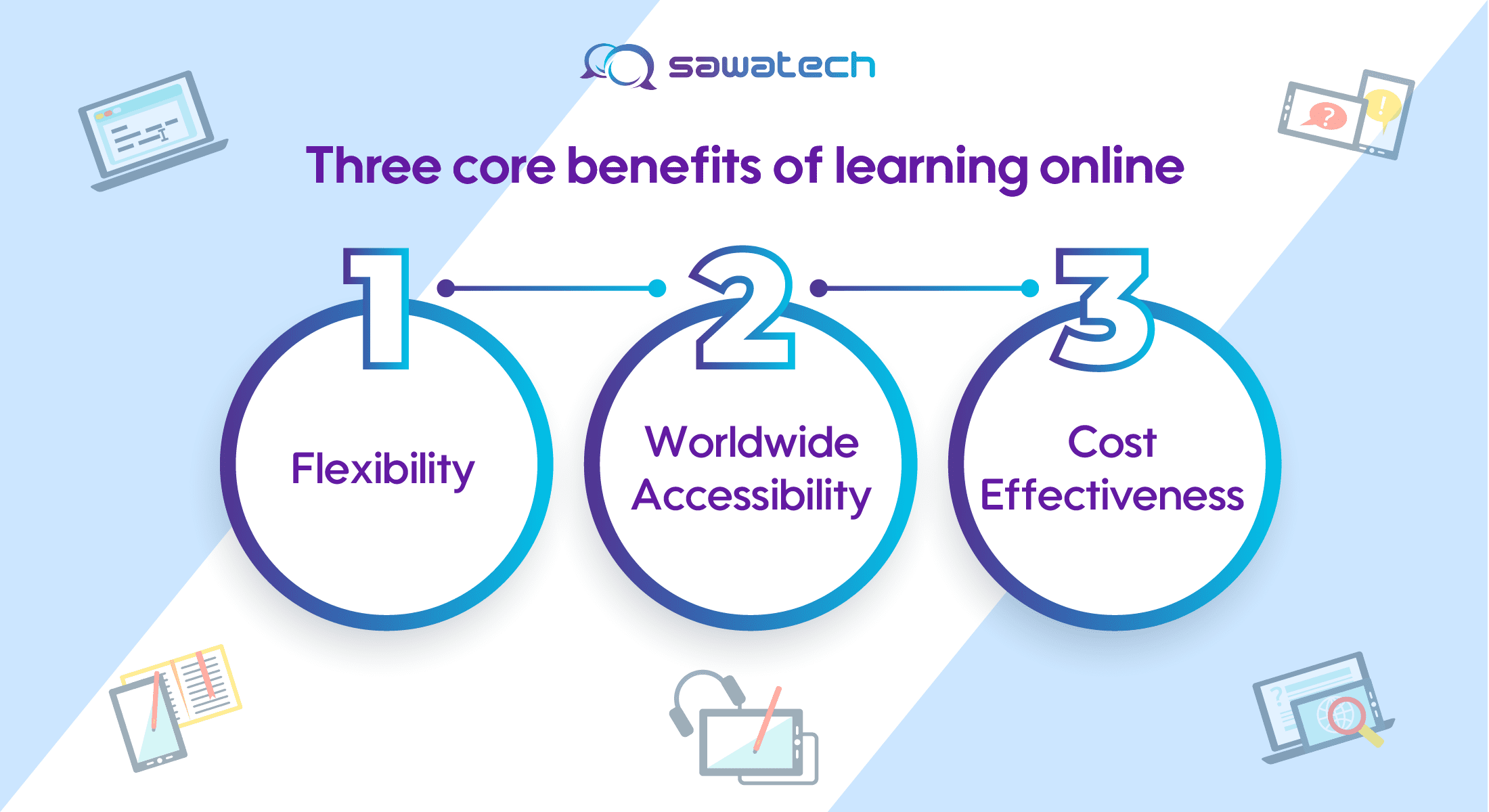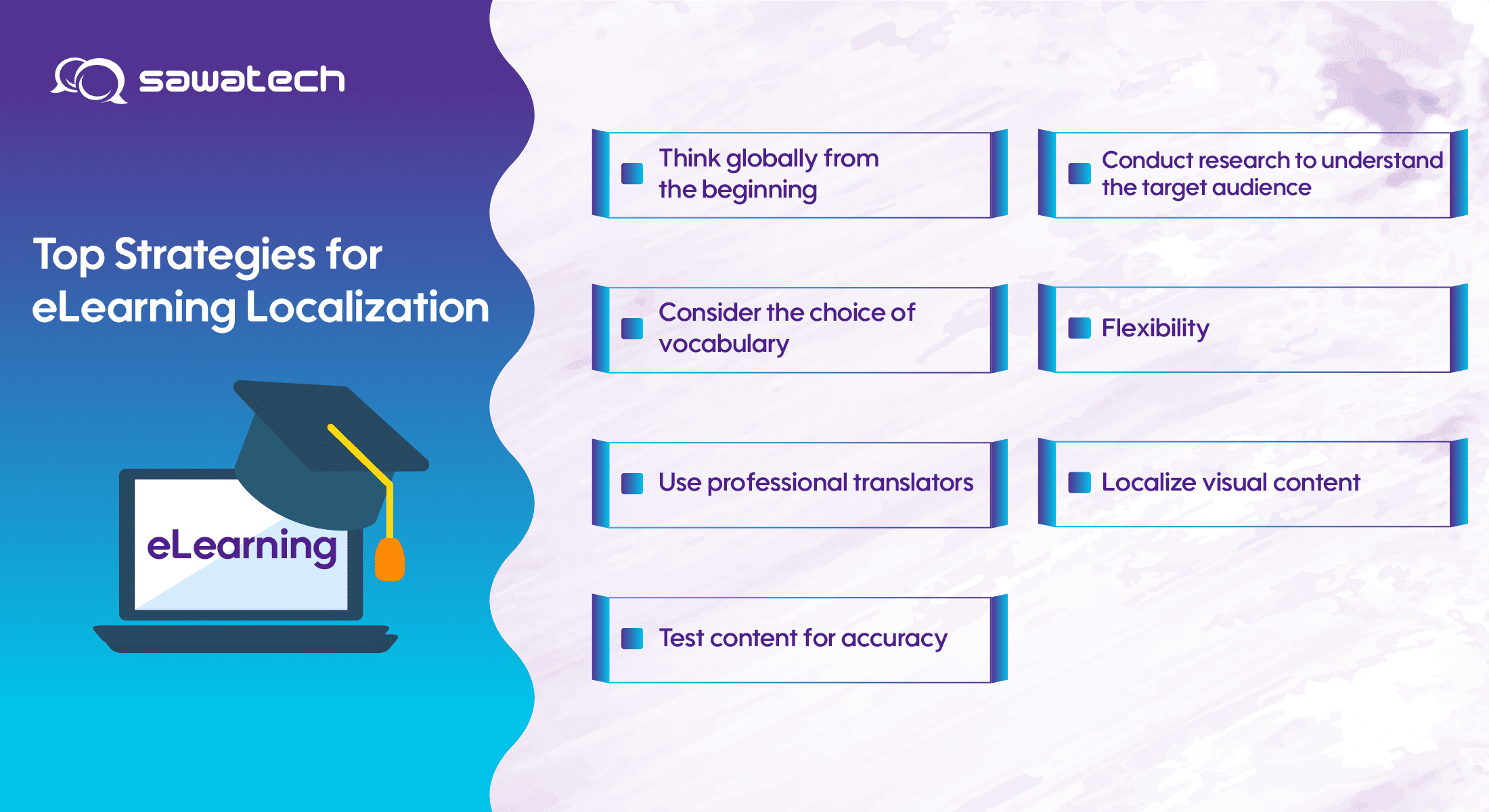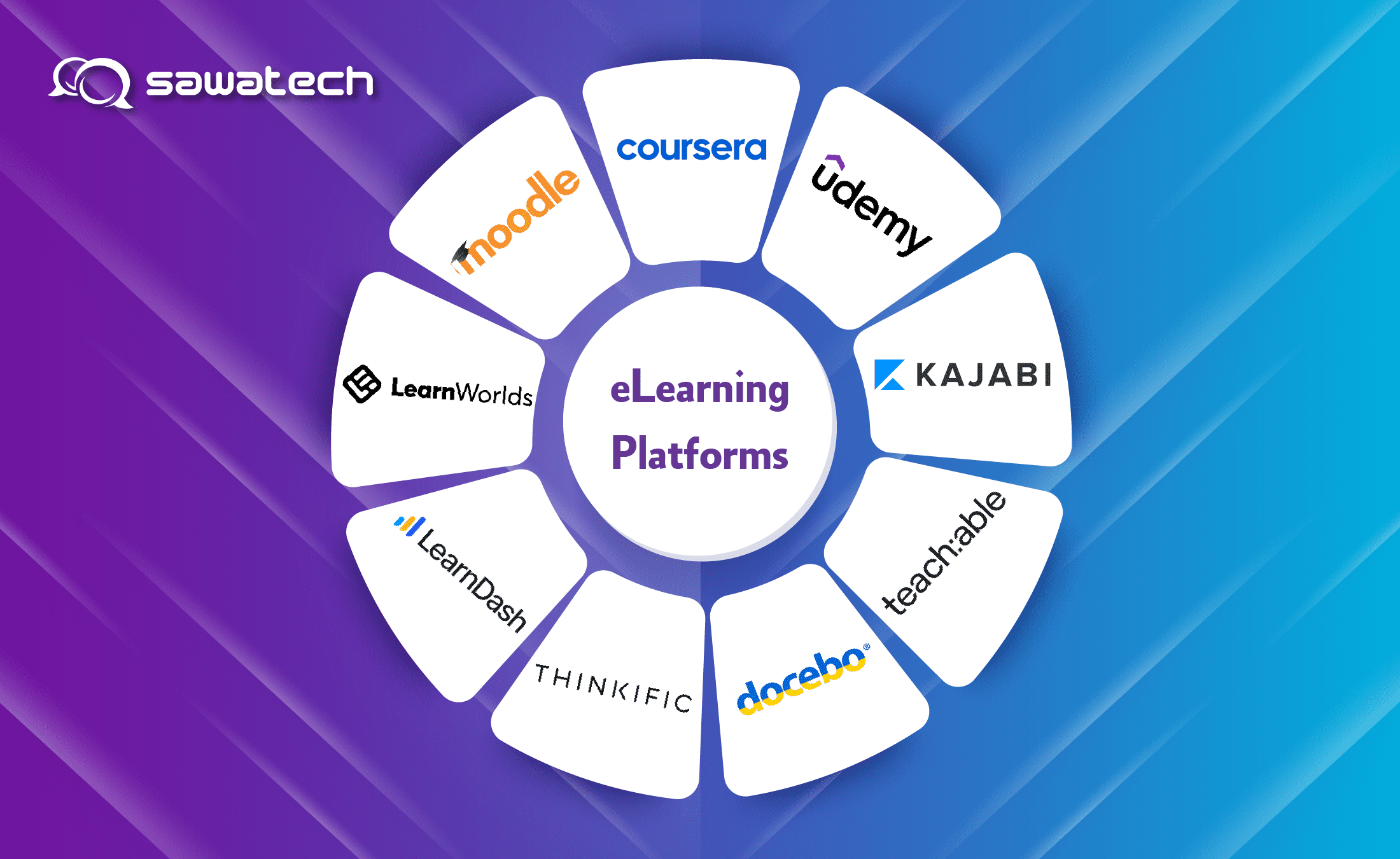Introduction
Digitalization has affected different sectors around the world in many ways. There has been a rise in the use of the internet to produce work that used to be carried out in a more traditional way. The educational sector which happens to be one of the most relevant sectors in the world has also experienced this digitalization in a huge way. In a similar way, education has been completely revolutionized by the emergence of eLearning platforms that we see today.
What is eLearning?
eLearning, often referred to as “online learning”, is the teaching and acquisition of knowledge through the internet using electronic devices and the media. An eLearning platform is the technological environment leveraged by learners to gain knowledge online from any point in the world.
Learning online is very important in our world today. eLearning is certainly not without its drawbacks. However, it is highly valued in the world as it has numerous advantages over traditional learning methods.
With the convenience it brings, education has been made easier for all eLearning audiences including higher education students, employees, customers, and compliance trainees. Students can have access to their learning materials and be able to engage in the learning process any time, any place.
It is evident that the eLearning industry has shown remarkable growth potential according to recent trends. Revenue in the world’s eLearning industry is expected to grow to $325 billion by 2025. This is remarkable because in 2015, the revenue was $107 billion which was a third of what the world expected for the coming year.
Advantages of eLearning Platforms
eLearning matters now more than ever in the world because it completely eliminates the geographical obstacles that come with the traditional method of learning in classrooms, while offering a number of invaluable benefits.
Here are three core benefits of learning online that make it better than traditional learning methods.

- Flexibility: eLearning provides the possibility of personalized self-paced learning, allowing learners to progress in their learning at their own pace. For adults seeking balance in areas of their personal lives such as work, family commitments and career, online learning is the perfect choice. Now these adults can choose times best suited for them to take assessment and submit assignments. eLearning is also helpful for individuals seeking to pursue and further their interests, perhaps launching a new career. In the phase of transitioning into a new career, they continue on their current jobs while leveraging the opportunity eLearning platforms gives them to learn virtually.
- Worldwide Accessibility: The fact that eLearning has contributed to changing the geographic restrictions of traditional in-person teaching methods shows that its role in the educational and corporate sector is unique and unmatched. Now, more corporate entities, educational institutions and a large number of online learners in the world recognize the impact of internet learning. These same corporate entities can now obtain training opportunities offered by top institutions in any part of the world. For educational institutions, eLearning offers the possibility of becoming an online college that offers degree programs and diplomas to a large number of students across the world, which in turn increases their revenue.
- Cost-effectiveness: Added to the benefits of eLearning in providing a self-paced and geographically limitless learning experience for learners who choose to study online, is the benefit of its cost-effectiveness. eLearning enables companies to cut down on the costs of logistics associated with employee training. It makes it easier to create tutorials for customers to keep them updated on new products and other relevant information. For individuals, eLearning brings about reduced cost in learning due to the increased number of students admitted into online degree programs. Traditional in-person teaching normally requires a large working staff to meet these educational needs. However, with the presence of eLearning, these institutions are also able to increase their global recognition while cutting down on the staff employment required to meet the needs of in-person learners.
eLearning Localization
eLearning localization is a phrase that connects two words, “eLearning” and “localization.” While eLearning is an efficient way of gaining knowledge via digital platforms, localization is an effective way of adapting content to be relevant to a specific people or culture around the globe.
Localization is the adaptation of content or materials to all standards in a given country. These standards include the cultural, linguistic, technical and legal standards used in a specific region.
eLearning localization is carefully adapting online training materials to ensure the accessibility of these materials to individuals regardless of their geographical location in the world and the language they speak.
Research shows that language and cultural factors such as values, beliefs and preferences have a great impact on a person’s ability to learn. However, It is not enough to have learning materials translated.
Localization of eLearning material is far beyond mere translation of content. Course content should not only be translated to a target language, rather it should be tailored to align to the cultural context and other standards that are unique to a specific region. The common areas to look out for when localizing content are:
- Written content
- Graphics design and symbols
- Formatting which includes currency, units of measurements, dates and time formats.
- User experience elements such as menu items, buttons, and animations.
- Media elements such as audio and video subtitles, voiceovers, and captions.
Importance of eLearning localization
To appreciate eLearning localization, people need to understand its importance. The following proves the importance of Localizing eLearning materials.
- eLearning Localization helps educational institutions to adapt course content to align with the culture, customs, practices and standards that are easily understood by the target learners.
- Localization mitigates the cultural disparities that could be offensive to an audience. For instance, some physical gestures may be considered rude to certain cultures, while being insignificant in others.
- eLearning localization makes educational materials interesting, highly substantive and engaging to students, no matter their language or cultural background.
- For companies, software companies for instance, offering localized eLearning modules that explain the use of products and updates can go a long way in boosting customer retention and loyalty.
Differences Between eLearning Localization and eLearning Translation
eLearning translation interprets eLearning courses from one language to another while preserving the same meaning or message. It does not account for other elements in content such as date, time and currency formats, fonts, measurement units, symbols, acronyms, tone and idioms, or images and videos. The aim of eLearning translation is to ensure the learner understands the intended meaning of the course content in the language they understand.
eLearning localization on the other hand goes a step beyond translation of texts. It is the adaptation of learning materials from the original context to the context that is relevant to the audience in a foreign country. Localization of learning materials accounts for all elements in the materials that enable the audience to enjoy the local experience through optimal comprehension of the material.
Top Strategies for eLearning Localization
Writing for a global audience is not always an easy task. Below are some best practices that aid the localization process of online learning materials.

- Think globally from the beginning. the eLearning localization process starts at the very beginning. Ensure to develop a localized mindset from the start to in order to eliminate the global barriers to successful localization.
- Conduct research to understand the target audience. Take into account the culture, customs, values and unique character traits to effectively localize content for each language or country.
- Consider the choice of vocabulary. Before localizing online learning materials, pay extra attention to complicated languages such as Arabic and Hebrew. It is always better to check if certain content is relevant to a particular region, especially when it has to do with legal documents. Some documents may need to be rewritten in order to preserve the cultural context and other country-specific standards.
- Flexibility. It is best to keep a global scope in view when it comes to eLearning. Course content should be crafted to be flexible in order to enable an easy transition while keeping up with changes in policies and standards along the way.
- Use professional translators. Hiring a team of professional translators who are experts in their culture rather than using machine translation is a must to achieve localization goals. Professional translators are experienced in the target language and can produce accurately translated texts that conveys the message perfectly to the audience.
- Localize visual content. Commit to using only images and video references that portray and reflect the culture of the target audience. Focus on the visual content localization because they are just as important as the text. For instance, an image of a thumbs-up may signify encouragement in the U.S., but be very offensive in the Middle East.
- Test content for accuracy. Always hire independent reviewers, specifically native speakers outside the translation and localization industry, or your own team, to repeatedly test courses in order to guarantee they are error free. Don’t be tempted to get people on the team to review material, to help eliminate bias.
Conclusion
eLearning localization translates and adapts content to make it possible to reach a wider audience. It requires a high attention to detail in order to have a deep understanding of the content to effectively localize the learning materials to fit the cultural contexts and standards used in a specific region.
Localization of eLearning materials can be a daunting task, but with the right strategies and best practices in place, learning materials can be properly localized and be well-received by the target audience.
Here At Sawatech, We Specialize in Providing Comprehensive elearning Localization

